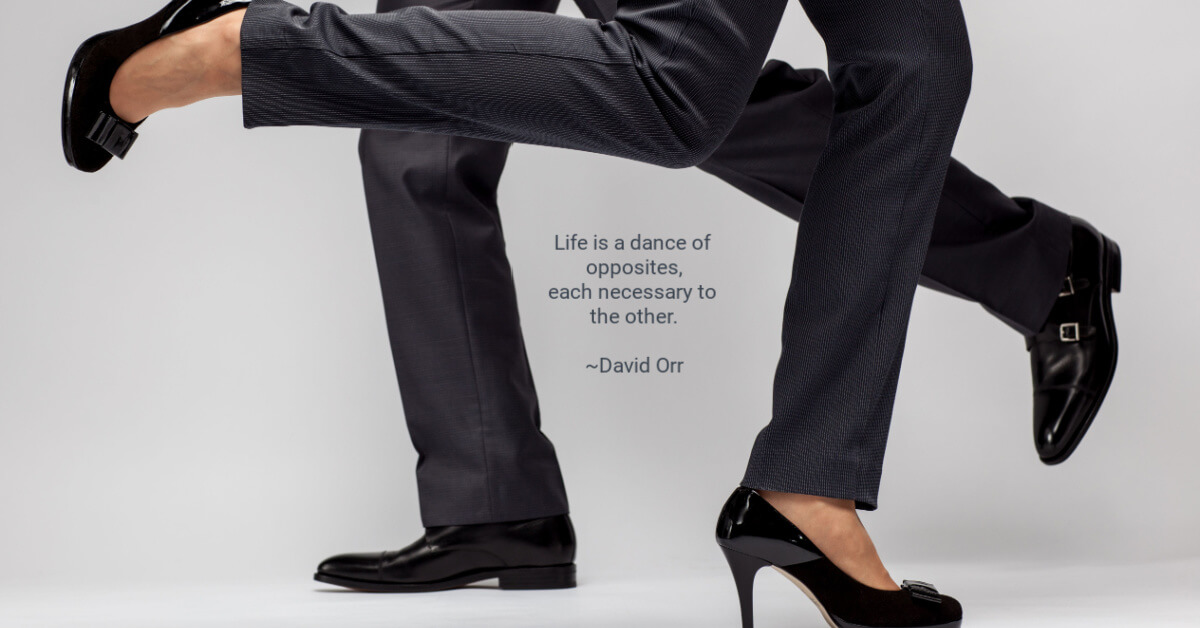February 16, 2024
Life is a dance of opposites, each necessary to the other.
—David Orr
In the late nineteenth century, French writer and scholar Georges Polti wrote that all stories can be distilled down to a limited number (36, to be exact) of dramatic situations. In the mid-20th century, Joseph Campbell suggested that all mythic narratives share one fundamental structure, the monomyth (or the “Hero’s Journey”). In the late 20th century, Christopher Booker identified seven basic plots. What is important here isn’t the exact number of different plot types, but rather the realization that we don’t get bored watching, hearing, or reading what are effectively the same storylines. We keep coming back, again and again.
Storytelling is the most ancient form of human communication: we are physiologically wired to connect through stories. Telling and listening to stories connect teller and listener. The process of storytelling and story listening (let’s call this process “story-ing” to underscore how this is an intra-active process) releases dopamine and oxytocin neurotransmitters, which promote happiness, bonding, and trust. It activates mirror neurons, which lead to greater empathy, and reward pathways, which give a sense of fulfillment. It is a process that allows…

